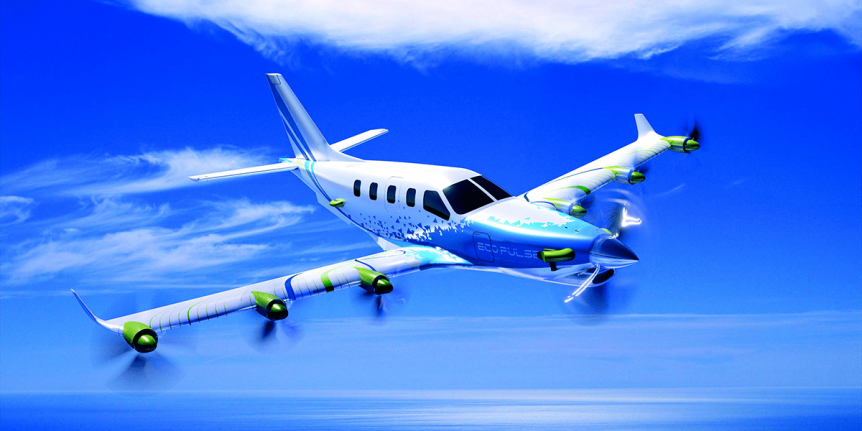On February 7, 2023, Universal Hydrogen received a Special Airworthiness Certificate in the Experimental category from the Federal Aviation Administration. This will allow their DeHavilland Dash 8-300 to begin test flights. Universal boasts their craft will be the largest hydrogen fuel cell-powered aircraft ever to fly. Up to now, it’s been performing taxi tests and motor runups, getting ready for the big day. On a Mission Universal Hydrogen’s web site opens with this statement: “Our mission is to put aviation on a trajectory to meet Paris Agreement emissions targets by making hydrogen-powered commercial flight a near-term reality.” The coming flight tests are a major step toward fulfillment of that mission. Inclusion of the large hydrogen-carrying modules reduces passenger carrying capacity to 40 seats. But, the modules allow easy loading and unloading and “eliminate the need for costly new infrastructure, with any airport capable of handling cargo being hydrogen-ready.” Paul Eremenko, co-founder and CEO of Universal Hydrogen, explains, “We are simultaneously …
ZEROe on the Rise at Airbus
ZEROe Airbus, taking a new direction, announced that they are, “Exploring game-changing concept aircraft – known as ZEROe – powered by hydrogen, a disruptive zero-emission technology with the potential to reduce aircraft emissions by up to 50%.” Two seem to be evolutionary, employing a different fuel and powertrain within fairly conventional airframes. The third, a blended-wing body (BWB) structure, emulates Boeing’s and NASA’s BWB. All three, though, employ hydrogen to meet the planet’s need to reduce or eliminate carbon dioxide and other emissions. All three use hydrogen hybrid power systems. The International Civil Aviation Organization (ICAO) in a 2019 report looked at the different electric and hybrid systems available. The organization included a factor examined before in this blog. “The climate benefits of electric aviation may come not only from its reduced CO2 emissions, but also from the elimination of contrails – the long, thin clouds that form in the wake of jet engines2. Although no scientific consensus exists on …
What Has One Engine, Six Motors and Seven Propellers?
EcoPulse™, a collaboration by Airbus, Daher, and Safran is a fixed-wing distributed hybrid propulsion aircraft whose power system emulates many of the Urban Air Mobility vehicles that use an electric Vertical Take Off and Landing configuration. Safran, notable for its gas turbines, will supply the propulsion system (excluding batteries). The system consists of a turbogenerator (combined turbine and power generator), an electric power management system, and integrated electric thrusters (or e-Propellers) including electric motors and propellers faired neatly into the wings. EcoPulse partners claim the six small electric motors spread along the leading edge, while providing propulsion thrust, lead to a reduction of wing surface area – much of the wing gaining lift from the blown areas, lowered wingtip marginal vortices from the thrusters on the wing tips, and therefore lowered drag. Airbus will oversee aerodynamic optimization of the distributed propulsion system, installation of “high-energy density” batteries and their use to power the six electric motors. Daher will oversee component …



